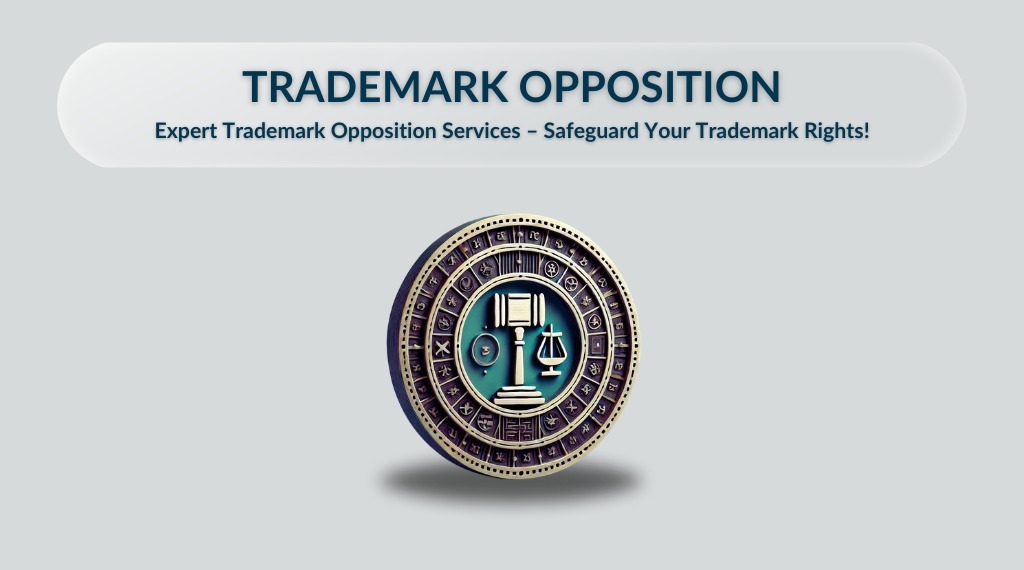
Documents Required
- Signed Evidence
- Sales Invoice
- Advertisement Copies
Trademark Opposition
Drafting and filing of opposition notice. Exclusive pricing for trademark applications filed by Taxinno.
Features
| Save 18% with GST Registration Get GST e-Invoice with Input Tax Credit |
Trademark Opposition
Trademark opposition in India is a legal proceeding that allows third parties to oppose trademark application registration. The opposition can be filed within four months of the publication of the trademark in the Trade Marks Journal. The grounds for opposition can be similar to those for objection, and the opposition must be supported by evidence. The outcome of the opposition can either result in rejection or acceptance of the trademark application.
Eligibility
- According to Section 21 of the Trademark Act, ‘any person’ can oppose a trademark, irrespective of their commercial or personal interest in the matter.
- A trademark can be countered by a customer, a member of the public competitor, or any other person. Also, the person filing the trademark opposition needs to be a prior registered trademark owner.
- After a trademark opposition is filed, both parties need to conclude whether the trademark should be abandoned or registered.
Anyone who believes that the published mark might create confusion among the public can file for the opposition while defending the trademark lies in the trademark registrant’s hands.
Grounds For Trademark Opposition
The Indian trademark law does not provide any specific grounds of opposition. There are various reasons a trademark opposition may be opposed, mentioned below:
- The trademark is similar or identical to an earlier or existing registered trademark.
- The trademark is devoid of distinctive character.
- The trademark is descriptive.
- The trademark registration application is made in bad faith.
- The trademark is customary in the current language and or in the established practices of a business.
- The trademark is likely to deceive the public or cause confusion.
- The trademark is contrary to the law or prevented by law.
- The trademark is prohibited under the Emblem and Names Act of 1950.
- The trademark contains matters that are likely to hurt any class or section of people’s religious feelings.
Procedure for Trademark Opposition
Opposition Notice
- Within four months of the first date of appearance, any person may file a notice of opposition to a trademark that appears in the trademark journal.
- It must be filed on Trademark Form 5 in the prescribed format and with the applicable fees.
Counter-Statement
- The trademark registrar would serve a copy of the trademark opposition notice to the trademark applicant after the trademark opposition notice was filed with the registrar.
- The trademark applicant must file the counter statement within two months of receiving the opposition notices.
- The trademark application will be “abandoned” if the trademark applicant fails to file the counter statement within the specified time frame. However, it is necessary to understand the status of trademark registration.
Hearing
- After the evidence filing stage, the registrar shall send notices to both parties stating the date of hearing, which shall be at least one month after the date of the first notice.
- The hearing is based on the opposition notice, counter-statement filing, and evidence submitted. The registrar hears the case, and if any of the parties fail to appear for the hearing, the registrar will rule against them.
Appeals
- The registrar decides whether the opposition was successful based on a review of the evidence submitted and a hearing of both parties and, thus, whether the trademark should be registered or not. However, a party who is dissatisfied with the registrar’s decision may appeal it to the Intellectual Property Appellate Board.
Time Limit for Trademark Opposition
After the trademark advertisement in the Trade Marks Journal, any person can oppose the trademark registration for three months (which may be extended by a period not exceeding one month). Trademark opposition filings can only be done at the Trademark Registrar’s office and cannot be taken to a Court or the Appellate Board directly (IPAB).
If a trademark opposition is successful, the trademark’s registration will be rejected. The brand will be registered if the trademark opposition application is rejected.
Filing Trademark Opposition
- Details of the trademark application against which the opposition is entered
The application number against which opposition is entered along with an indication of the goods or services listed in the trade mark application against which opposition is entered and the name of the applicant for the trade mark. - Details of earlier marks or the earlier right on which the opposition is based
If the opposition is on account of an existing trademark application or registered trademark, then the application number or registration number of the earlier mark. If the opposition is based on a mark which is alleged to be a well-known trade mark, then an indication to that effect in which country or territory the earlier mark is recognized to be well known. - Details of the opposing party
If the opposition is entered by the proprietor of an earlier mark or of the earlier right, his name and address are an indication that he is the proprietor of such mark or right. If the opposition is entered by the successor in title to the registered proprietor of a trade mark who has not yet been registered as a new proprietor, the name and address of the opposing party and an indication of the date on which the application for registration of the new proprietor was received by the appropriate office. If the opposing party has no place of business in India, the name of the opponent and his address for service in India.




